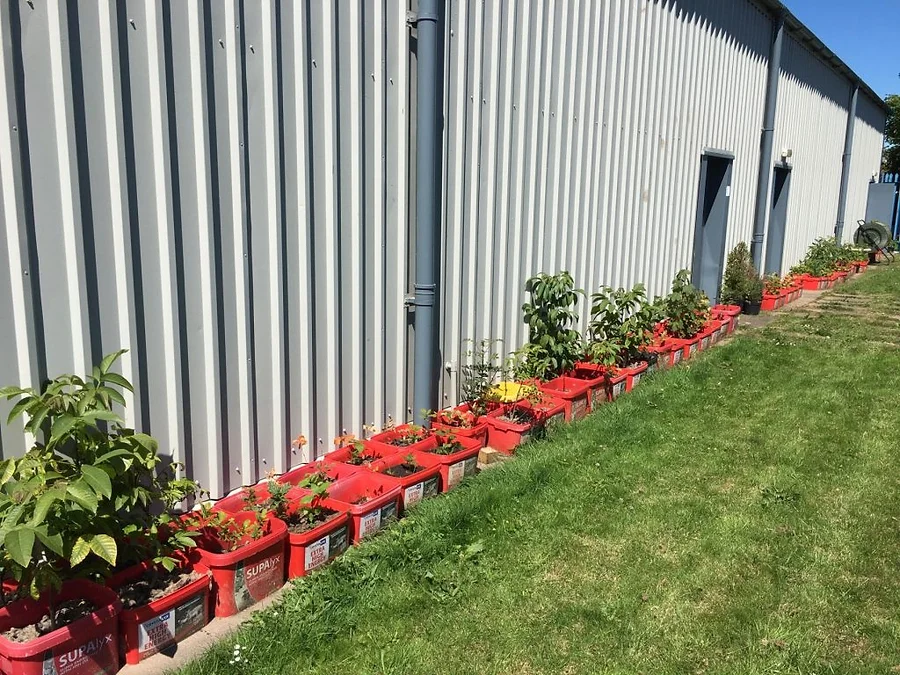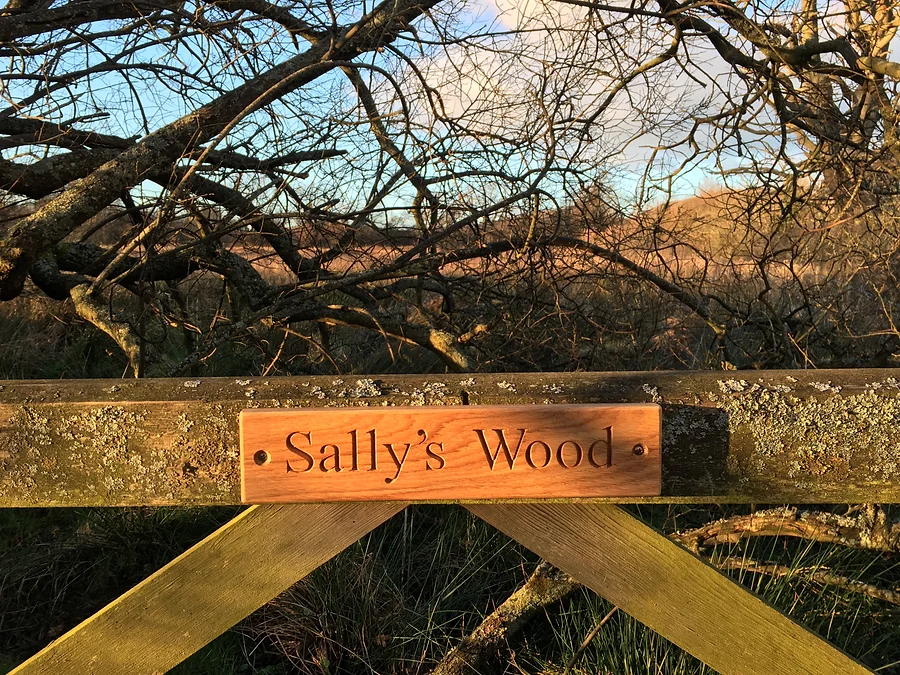By Sally Phillips
Way back when I was a young teenager in the 1980’s there was no mention of climate change or the greenhouse effect. But to me, it always seemed wrong that we were using up the Earth’s resources at a much faster rate than it could regenerate them. It didn’t make sense to me that we were using chemicals to poison plants and insects. It seemed wrong to treat animals as factory commodities. And, it seemed pointless not to recycle materials that could easily be recycled, rather than continually making new stuff that would soon add to the existing piles of rubbish. I don’t quite know when the phrase unsustainable came to be common parlance. But that’s what I was concerned about, and still am: using resources sustainably.
As time has gone on, the phrase “think globally, act locally” has become more and more poignant to me. I couldn’t do much about everything happening in other parts of the world, but I started to think that I could take my own action locally. And so I started planting trees in my home county of Cumbria.
Planting trees makes the world a better place - fact. They grow quickly, absorb more carbon dioxide than they emit, retain water, reduce soil erosion and reduce flooding. They provide habitat for hundreds of creatures which in turn are part of the food chain for hundreds more creatures. The big, spectacular, cute, and critically endangered species grab the headlines but we have plenty of wildlife in our own country that need our support just as much as the orangutans, penguins and tigers do.
For years now I’ve kept rescue trees in pots and re-deployed them elsewhere. More recently, I have started to grow them from seed, and have had increasing numbers of trees in pots at home. When I ran out of space there, the hard standing at work became covered in trees in pots. It has been baby tree galore!
Rescued trees ready to be redistributed

My partner and I have spent many a weekend biking to remote parts with trees in rucksacks to surreptitiously plant them in out of the way places. We’d go for walks with secateurs so we could cut bits of willow and poke them into damp ground to create instant trees. Rebellion comes in many guises and here we were in the Lake District being guerrilla tree planters going for bike rides with gardening tools.
However, as good as our intentions were, when you plant trees on other peoples’ land you have no control over the welfare of the plants or the long-term outcome of the land. So, it then became an increasing obsession to buy a piece of land of my own that I could plant my trees into and cultivate my own woodland.
Eventually finances and circumstances came together to enable me to buy a seven acre piece of land from a local farmer. It was an overgrown tangle of brambles and rushes - not good for farming but perfect for tree planting. It’s mostly wet so best suited to willow, alder, and poplar.It’s been left untouched for a number of years so willow and alder trees have already started making themselves at home. All we are really doing is accelerating the natural succession from grassland to scrub to woodland, and introducing a bigger range of species than would find their way there of their own accord. It’s sad to see how quickly ash are dying from ash die-back in our area, but in order to cope with climate change and the onslaught of tree diseases and invasive species it’s necessary to have a range of tree species in the mix. I’ve planted a lot of wychelm for example and they are thriving. Also sweet chestnut, walnut, hornbeam, field maple, as well as the more familiar oak, hazel, holly and scots pine.
I’ve experimented with tree planting methods too. I loathe the plastic tree guards that are used to protect young trees from grazing mammals and the elements, so I’m risking growing trees without them. Some have been nibbled by deer and a grumpy hare comes in and snips the odd tree in half but on the whole the trees are thriving. If you’re not growing trees for timber then the odd wound sustained its youth is not a problem: it becomes a refuge for a tree-dwelling creature later in the tree’s life. We’ve also tried direct seeding and making seed bombs to tuck into the more overgrown parts of the site.
All in all, it is an exciting project. The field is very much a team effort. It is enormously gratifying to have a business that sells environmentally friendly products in order to finance the purchase of land, which in turn, takes direct action to benefit the environment. So I’m grateful to both my staff and customers alike who have helped it grow to the point that I’ve been able to achieve this. And, although 7 acres seems like a huge undertaking – we will plant around 10,000 trees in it by the time we’ve finished – it’s made me realise that this is just a token effort. We need billions of trees planting in order to mitigate against the greenhouse effect and to restore habitat loss. I haven’t got time or patience to wait around for other people to take responsibility for this. So, I’ve found myself in a situation where I can take positive action myself.
Our mission is to keep at it; keep selling our eco-products, keep buying land, keep planting trees. 7 acres is just the start of things….
Find out more about Sally Phillips and her business Here.

